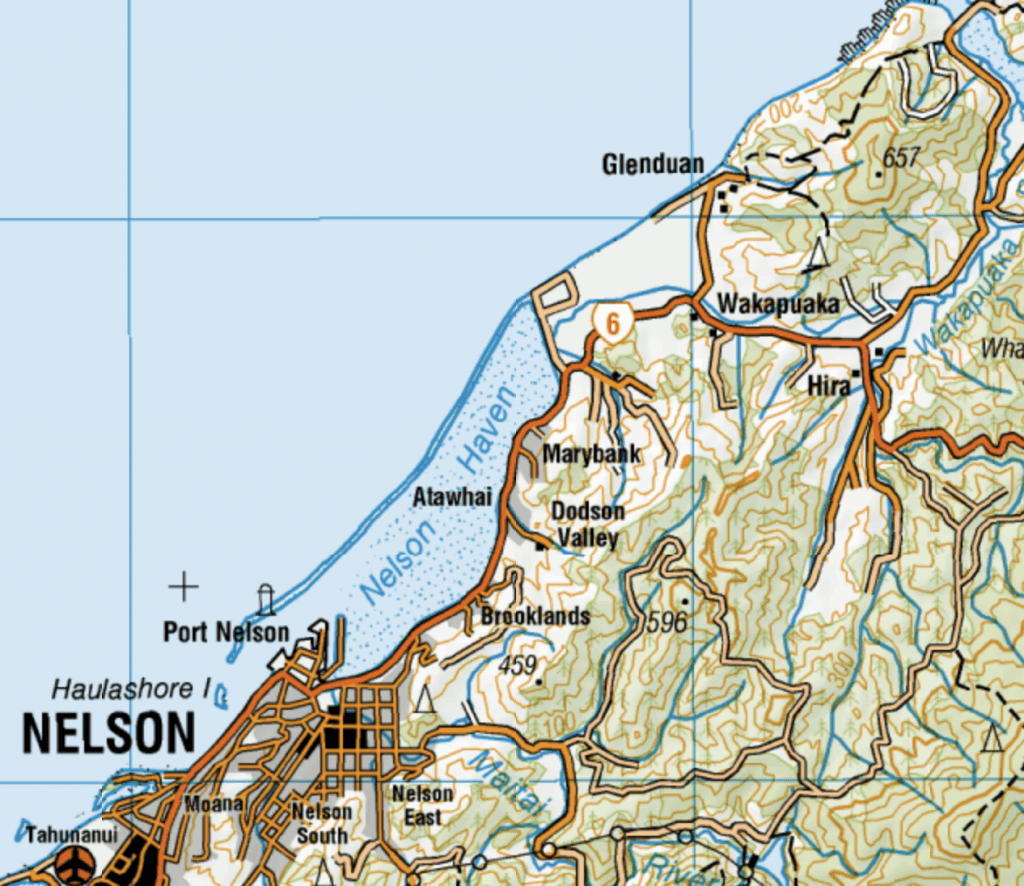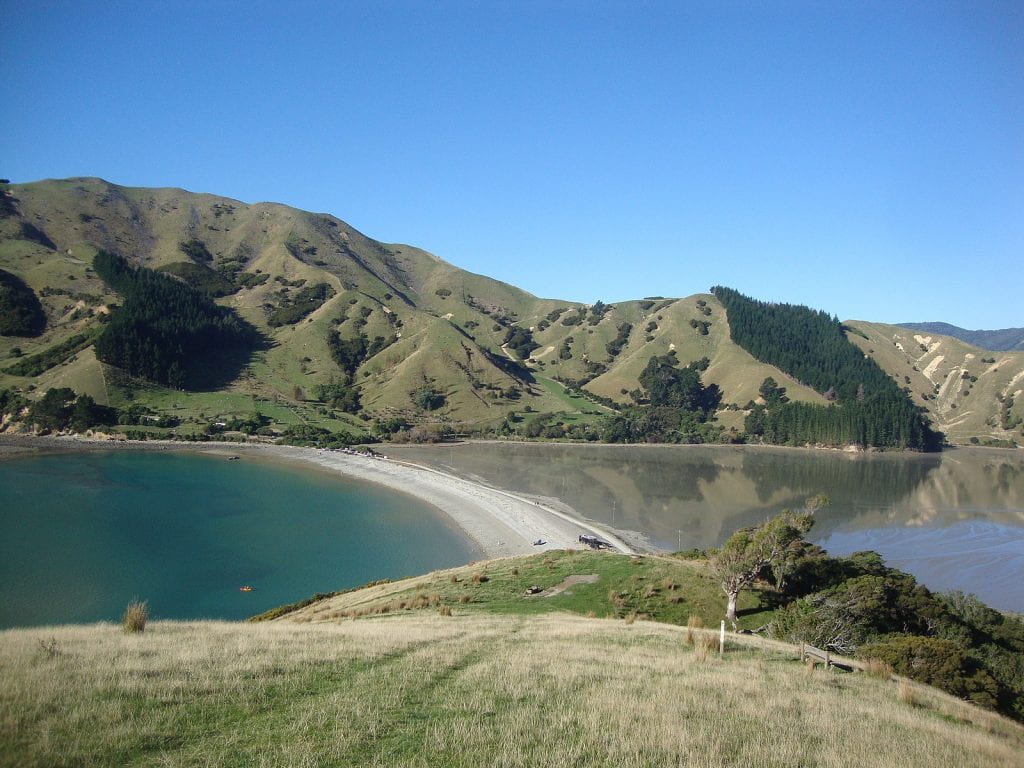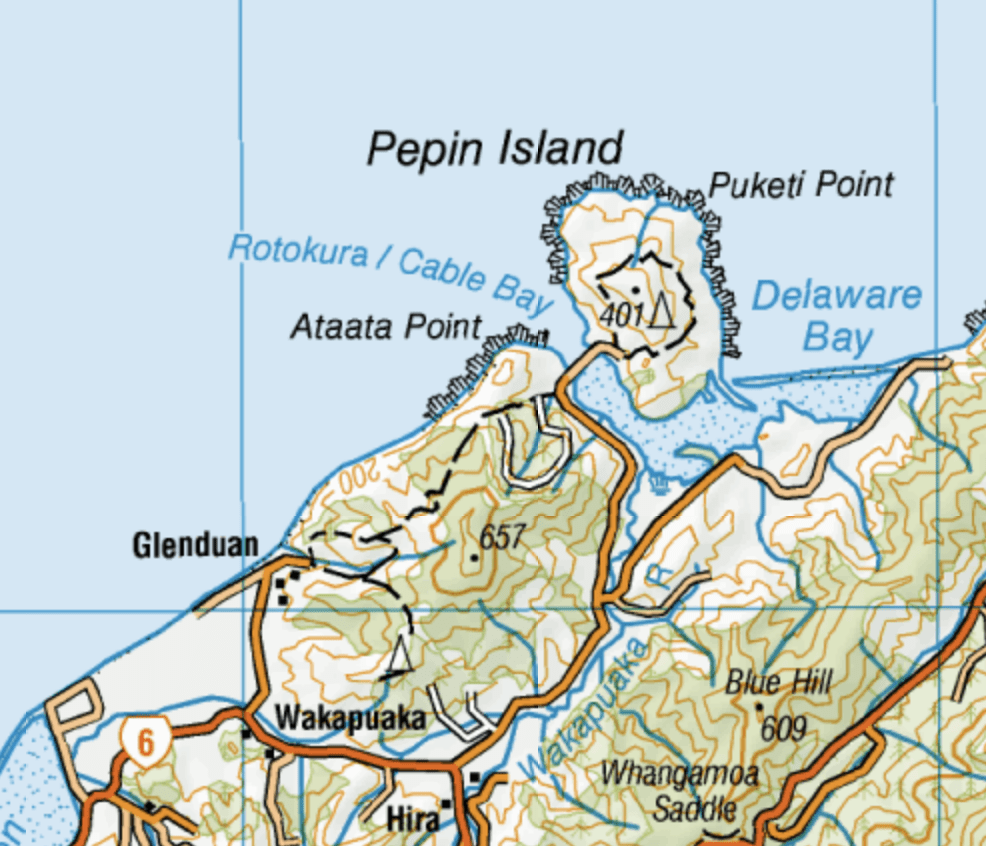By Michele Leggott
Emily Harris loved camping. She wrote in her diary: ‘Ever since our very successful camping out party last year, I had determined to go again if possible. So whenever the Wrights mentioned it I always said I wished we could go again and so by degrees another party was arranged for the 28th of December 1888.’
Thus begins an account of the week-long camping trip to a spot beyond Happy Valley (now known as Hira) with friends and neighbours and a rotation of visitors that included Bishop and Mrs Suter and artist Margaret Stoddart. Heading up the camping party was William Charles Wright, a local surveyor, and his wife Clara. The party left from the Wrights’ house in Collingwood St in cheerful confusion on a truly Dickensian scale. Emily details the scene:
We were told to be ready at 6 a.m. I was up before 5, Frances a little after. I lighted the fire & got breakfast & then Ellen came down, we were quite ready a little after 6, so we went two or three times to see if the coach was at the Wrights’. Then Charlie came to say that all our things were to be carried over to their house & so he helped to carry our numerous packages. Clothes, wraps, bedding, painting materials & provisions for a week for Frances & myself. We had tried hard to keep our luggage within bounds, we wished afterwards that we had taken one or two things more. However, we took good care to take quite our share of provisions.
We were getting tired of waiting when the first instalment of the party stopped at our gate, Mr & Mrs Washbourn & Mr A. Washbourn. Then when the coach had arrived we went over to the Wrights’, where most of the party had assembled. There was a pretty big coach with four horses & a wagonnette with two horses, the latter was being loaded with the luggage. Such a heap of bundles bags & packages of all sorts & sizes on the verandah & in the passage, I could scarcely get in to see Mrs Wright & Clara in the kitchen. Lots of things still to be done, as one might expect, so many of them going, so I set to work & helped all I could.
It must have been near eight before we were all finally seated in the coach or on the top, & every inch of room under the seats filled with small parcels & baskets. The baggage wagon was loaded up pretty high with the baby’s basketwork perambulator crowning the top, besides the driver there were several little boys stowed away among the luggage. At last we were off, ‘All agog to dash through thick and thin.’ I must not quite forget to mention a most important fact that the weather was most lovely. As we drive merrily down Collingwood Street & on the Wakapuaka Road while people look out of houses to discover what coach full of lively people & perambulator-crowned wagon it was going past, I will count up the passengers to see how many we are ‘all told.’
Married ladies: Mrs Wright, Mrs Corrigan, Mrs Washbourn.
Miss Stephens, Miss Harris, Miss F. Harris.
Girls: Clara Wright, Milly Boor, Milly & Mabel Rochford, Nelly Burnett, Nina Jones.
Children: Julie, Winifred & Dorothy Wright, Trissie Corrigan.
Boys: Charlie Wright, Ben Gully, [Henry] Washbourn, Ernest Gilbert, [Francis] Washbourn, Arnold & Harold Kempthorne.
Gentlemen: Mr Wright, Mr Washbourn, Mr Arthur Washbourn, Mr Caux, Mr Bertie Mabin.
Ralph Catley was to ride out later in the day & bring Miss Alice Rochford who could not come with us. Miss Marsden was also going to drive out in the afternoon. I must not forget to mention Fred Wright état six months, a very important personage. The Rev. Mr Kempthorne was coming out sometime during the week and perhaps Miss Branfill.
Emily’s inventory of the campers gives a good sense of how the four tents for ladies and girls and the two tents for gentlemen and boys were occupied during the next seven days. She describes the location of the campsite selected by William Wright:
It was quite new country to me when we got to Happy Valley. When it first received that name it must have been a lovely valley, but now with so much bush cut away much of the beauty is gone, in my eyes. We passed many nice farms & comfortable looking houses, & a newly erected pretty church. Most of us got out & walked for some way when we came to a long hill. Soon I began to notice a little more of the forest remaining, then we crossed a river, & a little after passed a gate across the road, which was the division between Happy Valley & the Maori land, rented by Mr George Sinclair. Mr Sinclair & Mr Martin of the Maori Pah had most kindly given Mr Wright permission to camp anywhere they liked there or on Pepin Island.
There were some miles of territory to choose from, so Mr Wright rode out one day all over the country to find a suitable spot. He fixed upon a lovely spot not many minutes’ walk from the gate. A grass grown spot, near to the winking river, where the forest had not been cut down.

Where are we? Nelson researcher Anne McFadgen fills in details for those unfamiliar with the area:
From Nelson the road travels northeast along the coastline through Wakapuaka for quite some distance before heading inland to Hira, then across country out to the coast at Cable Bay. Hira was part of a Native Reserve ceded to local Māori, which included part of Pepin Island. Pepin Island is connected by a narrow causeway across Cable Bay to the mainland. Although there were European settlers there, in Emily’s time this area was in tribal ownership, the head of the tribe being a married couple of aristocratic Māori descent – Hemi & Huria Matenga, also known as James & Julia Martin. Hemi Matenga would have been the Mr Martin who Mr Wright consulted with. The Matengas are associated with the rescue of sailors from the ship Delaware, which was wrecked in 1863 in what is now known as Delaware Bay. Julia Martin was particularly praised for her courage and dubbed Nelson’s Māori ‘Grace Darling.’ She was an imposing woman of strikingly handsome appearance. The Matengas were closely connected to the Church of England – in fact both attended an early school for Māori in Motueka run by the Anglican Church, and they were known for their hospitality.


Emily embarks on a day by day description of camp life with 30 people. There are sketching and ferning expeditions, river bathing and walks to Cable Bay, the Māori church and Bishop’s Peninsula. There are concerts and singing each night and more and more people drive out from Nelson to visit. The diarist’s pen is kept busy:
On a large open space of ground between the two camps was erected a fly tent to have our meals under. In front of that a large fire was made, strong stakes were driven into the ground & a pole fixed across to hang the billies of water for making tea or coffee. As the tents were put up, the boys were kept hard at work cutting fern, thick layers of which were put all over the floor of the tents to make the beds on. Meanwhile there was a great unpacking of baskets hampers tins & opening of bags etc. before our first al fresco lunch could be had, after which there was general repacking selecting and sorting up of everything, putting away in secure shady places what was not required for immediate use. Fresh meat was securely tied up in bags and hoisted with ropes half way up a large tree, to be secure from the flies, and everything else had to be kept very carefully covered up. Sand flies and mosquitoes and blue bottles appeared to suppose that we camped there for their especial benefit. I would like to know what they found to subsist upon before we went there!
[…]
What a making of beds there was to be sure & searching for lost things. As ours was to be the inside bed we went a little before the others came & made it. We were in want of a candle stick, so Mr Washbourn (who seemed to be able to make everything we asked for) made out of supplejack a stick, & stuck in the floor of the tent it did splendidly. It was late before everyone finally settled themselves to rest, I was going to say to sleep, but that appeared far from the minds of the young ladies. Their powers of laughing talking & telling stories seemed inexhaustible so that it was long before we slept.
[…]
When my sister & I were ready for breakfast we found that the gentlemen had done all they could towards getting it ready. We found a number of our party with forks about four or five feet long, made of supplejacks, toasting mutton chops before the fire, and let me add that mutton chops done that way are more delicious than any other way.
The week goes by and both Emily and Frances complete paintings and sketches of scenery and native flora. Everyone appears to thrive on the intense sociability of being at close quarters in new surroundings. As the camp winds down Emily dwells wistfully on the delights of outdoor bathing: ‘In the afternoon three of us went to have a farewell bathe in our lovely river.’ (Nelson Provincial Museum holds these photos of the Happy Valley Stream nearby; ‘Happy Valley‘, ‘Happy Valley Stream‘, ‘Mrs Richmond and children‘).
The return trip to Nelson leaves Emily with a profound desire to go on living outdoors:
The conveyances came out in good time & we left our pleasant camping ground at 7 p.m. & arrived in town at 9 p.m., the man with the luggage arriving some time after. The drive back was more enjoyable than the going out as there was no sun to give one a headache. The singers of the party enlivened the way back with their songs & rounds. I believe our driver was so charmed that he took a very round about way to get to Collingwood Street, by going down Bridge Street up Trafalgar Street & up Hardy St. He afterwards told Mr Wright that he ‘had taken many picnic parties out but never such a pretty lot before.’ With our safe arrival ended our very delightful camping out, the reality, but memories of it will remain in our minds for a very long time to come. My first feeling when I returned home was that I could not endure to live in a house.
Lead writer: Michele Leggott
Research support: Brianna Vincent, Makyla Curtis, Dasha Zapisetskaya